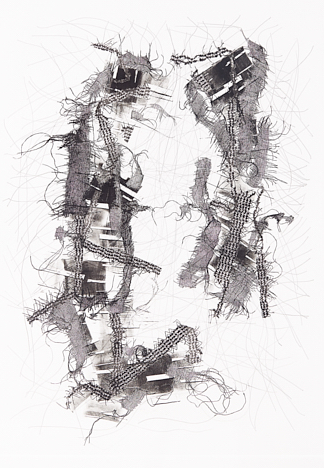
It is interesting to consider how our ideas and approach to our feelings have changed over the ages. The Greeks thought there was an epic battle between our intellect and our feelings. They believed in order to be an honorable and moral person one’s mind must triumph over one’s feelings, passions and emotions. Feelings were untrustworthy and therefore must be suppressed or ignored.
Due to Freud and other thinkers, the modern understanding is basically the opposite — that our feelings should never be suppressed but rather explored. In this view our feelings hold the key to unlocking our deepest desires and human needs. We are largely encouraged to embrace our feelings and act on them.
Thankfully, there is a third option that is often misunderstood or overlooked. This option contends that there is no inherent conflict between our feeling and intellect. Our feelings and thoughts are coherent but molded and determined by what we hold most dear — what we love. For example, if we value ourselves above all else this will result in a selfish, self-centered mindset that will permeate and saturate both our thoughts and feelings. It follows that our feelings and thoughts simply reveal or uncover the truth about what we truly value. Our feelings and thoughts are a foil that allow us to reflect on our true identity and compare that with our aspirations. In a way our thoughts and feeling are tools for self-reflection and evaluation. Changing or controlling one’s thoughts and feelings is not therefore dependent upon work or discipline but rather earnestly shifting one’s affections.
I find the latter mindset most helpful when evaluating, assessing and determining the greatness of a particular work of art, building or space. It is critical to use a holistic approach, probing both the mind and emotions — processing our emotional experience and how it relates to our intellectual, analytical experience. Great art does not necessarily make us happy nor does it comfort us by reinforcing our deeply held ideas and values. Great art is a tool for self-reflection and self-evaluation. Great art offers us an opportunity to become better — more self-aware and, perhaps in the end, gives us a reason to alter our affections.
The work shown here is a monotype print entitled tearing the veil. The tear represents the point when we receive an invitation to participate in the world’s restoration. Accepting this offer, however, comes at a price. It requires each individual to surrender, bridle their free will and resist the attempt to control their own destiny.

https://www.curbly.com/15075-the-incredible-flying-house-and-other-artful-architecture
I saw this on PINTEREST this AM…..just some pics….not awake yet and suffering with a nasty desert winter cold….I just scanned your blog, but love the art you focused your discussion on :-)….Oh….and having trouble getting feedback from my Detroit connections….probably because I’ve been away for so long….I haven’t given up, but this cold I have and some significant dentistry recentty has slowed me down for the time being